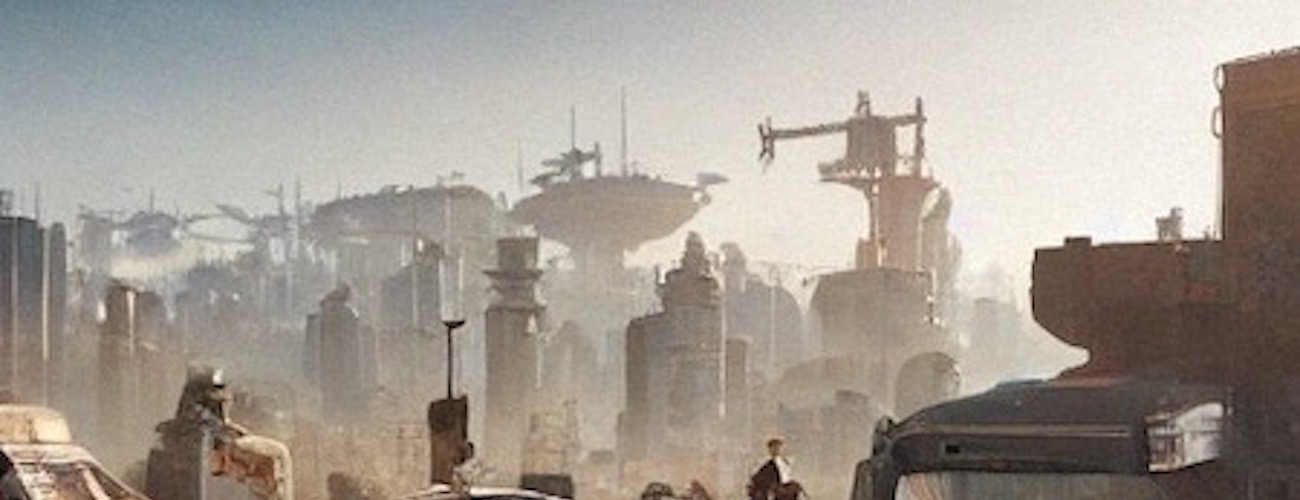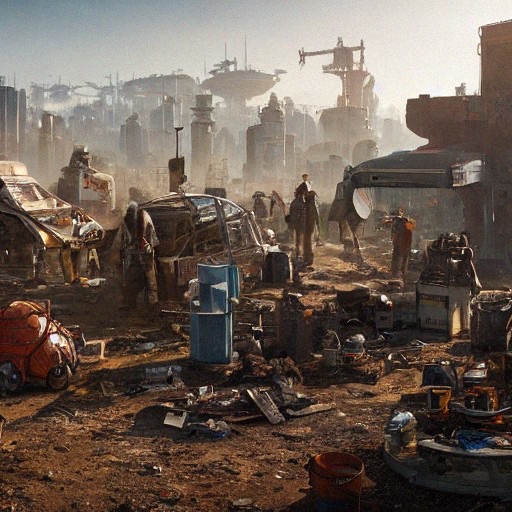Faculty Report from the Centre for 21st Century Digital Archaeology Studies

Expression of thanks to the Department for Ancient European Studies, University of Ghana
I’d like to begin this report with deep gratitude to colleagues in the Department for Ancient European Studies at the University of Ghana, Accra for funding this research project. If we could not access funding from the International Aid project of the Economic Community of West African States and the Toxic Waste Levy Fund, this type of research would be unable to take place. Over the past 50 years, support from the West African States has been key to improving the quality of higher education and research in the Northern Archipelagos, especially as it seems we are now never to recover the Apollo North OALC-4 Submarine Cable destroyed in the fallout of the 4th Meme Wars in the Hereditary Kingdom of America.
I am also deeply grateful for the benevolence of Ghanaian colleagues access to the small Rare Metal fund they have facilitated, in order for us to have the summaries of this work translated into Akan and Mandarin, which I hope will bring our rather obscure Anglophone work to a wide international audience. It is heartening to know that Archipelagic archaeology is finally beginning to be recognised on the international stage, and it is no longer viewed as parochial and under-theorised.
As an aside, I have submitted the section application to process a Blood Metal exchange in order to travel to next year’s Theoretical Archaeology Group conference at Ahmadu Bello University, Zaria, in the Federated States of Nigeria, where I hope to present this work. I am aware however that the Northern Archipelago Recontainment Visa, compliance with the Freedom From Information Act, and the situation with sea pirates across the Straits of Europe will make this very difficult. I don’t yet have the relevant vaccines to be released from the eastern islands, and until the Archipelago has received a decision on the next batch of donations of near-expiry vaccines from the Red Crescent, I am not sure how we would obtain them. At present the Rare Metal exchange rate will wipe out my departmental research Rare Metal budget allocation for the next two years, so perhaps my conference attendance will be delayed.
Recent Excavations
The archaeological possibilities presented by our recent excavations are interesting ones, and I hope that colleagues will see that I spent on the departmental Coltan budget code with due diligence. As you know, my team have been working on the reconstruction of some of the bit strings we recovered from some of the e-waste found at the excavations at the early 21st century site at the Doggerland Shoals Mining Complex. These were found on what looks like late 20th century or early 21st century ‘memory sticks’ which were recovered from the ancient e-waste deposits discovered at the Godmanchester Landfill. This excavation was undertaken just after the monsoon season of 2245/46. These deposits seem sealed and are roughly dateable from their association with a variety of plastic packaging found with them. This gives us a reasonably confident date of somewhere around 2024 as the latest date of discard.

The Doggerland Shoals Mining Complex
I should note, this type of field work is exceptionally dangerous, especially with the regular Muskverse drone surveillance taking place, and the difficulty of shielding ourselves from their attacks. Between shielding from drone attack and monitoring the fluctuating barium/lithium contamination levels, we had a terrible time with these submerged excavations. The distance of the underwater Godmanchester Landfill site from the coast, and the exposure of the university excavation boats to the idiosyncratic weather system in the Ouse Bay means we really struggled. The Fen Coastline is treacherous for shipping, as it’s so shallow and windblown, and the Doggerland Shoals mining technicians were next to useless – you can’t blame enforced labour for not wanting to help, I suppose. It was not an easy archaeological recovery, given the leachate levels in the polluted waters there, and unfortunately we lost two members of the excavation staff to mercury poisoning at the site over the six weeks we were there. We are grateful for the service of Gulika and Mike.
From the Shoals site at Godmanchester Landfill we managed to recover substantial amounts of technology equipment from the early 21st century, some of which we are still in the process of identifying, some of which we have managed to process. I am pleased to report that this season’s work has extracted several memory devices with data caches intact. At this stage we think these may date to roughly 2023 or 2024, so very close to the date of discard. We are really hopeful that this may be material we can use to trace some of the echoes of the culture and significance of the World Wide Web and how Europeans interacted with it. I am especially keen to recover any imaging, although obviously we are reliant on being able to effectively address the Freedom From Information Act implications for this work. Unfortunately, the department is all too aware of the penalties for contravening the Act. The improvised VPN of our former Chair, Professor Sarah Conner, nearly 60 years ago this year, still stands out as this department’s greatest push for academic freedom.

Godmanchester Landfill site, prior to monsoon season of 2245/46
The bulk of the electrical equipment we recovered from the site were three memory sticks, one portable telecommunications handset with a cracked glass screen, plus several broken bits of an object that we have tried to refit, and appear to be some kind of external portable data storage. We also recovered the top half of a machine with HP engraved on the top. Obviously the Northern Archipelago Coastal Clandestine Threat Force Commandant confiscated the mobile phones for Metal Recovery when we made land, but I am hopeful that the rest of the Metal content evaded their Rare Metal detectors and will not be requisitioned.
There is a wealth of knowledge I hope to recover about 21st century digital practices from the engraved machine top, which I suspect is an early form of copying or printing device. I hope to be able to send some of the plastic casing to some of the mid/late century virgin polymer specialists at the University of Bradford, as I suspect this may be a new type of polymer that we have yet to encounter in the Archipelago from these specific decades. Again getting this material out of the containment area and up to the northern isles depends on the security of sailing at this time of year, as I am only too aware of the continuing piracy of the East Anglian and Dutch Lowlander Confederation that make the Sea of the East such a lethal place.
The portable data storage, if it proves to be such after conservation, could be some kind of utilitarian short-lived style of information storage, as the great Yoruban archaeologist Orisa Otedola has hypothesised, and these may be designed for portability’s sake. Perhaps there is a ritual explanation. The department will be aware of the rumblings in a recent article in Antiquity from the digital archaeologists at the Northern University that these are in fact decorative rather than practical objects. When I sent the NU Antiquity article to colleagues at the University of Ghana they found this idea hilarious, given the sheer number of these objects they have recovered from the Agbogbloshie e-waste site in Accra. There is a concentration of these forms of storage in the West African States, and the networks of exchange that deposited these objects there is as yet under-researched.
In the last communication I received from the Accra archaeologists, they noted that they had recovered some 20th century computing equipment with what they call ‘a CD drive’ in situ. These laptops were badly damaged, and of course had been scanned and recovered for the Rare Metal trade, so they will need significant conservation. If what we hear from Accra is true, the potential to recreate a 21st century World Wide Web page is ever closer, and this is going to be the biggest leap in our understanding of human behaviour in archaeology since DNA reconstruction.
If we are forced to remain in the Archipelago over the next two years, our research team will focus on a research trip across the Fen Sea to the last dryland SmartBunker. This was the only known data centre left in the eastern isles after the last Reckoning. I understand it had been housed in a military-grade ex-NATO underground bunker, and that there have been rumours of contact with the Hereditary Kingdom via Muskellite link ups and the Soviet Dark Web. If this is true, then we may have a way to access Dark Web downloads in order to extract data from the external drives. Perhaps we might even be able to allow the conservators to begin work again on the drives recovered back in 2038. Although this is risky research, this expedition ultimately depends on funding. I know our finances depend on the results of the university-sponsored mining and metal recovery from the Norvic landfill allocation under the Sea of the East, so we pray for calm seas and recovered metals.
Given the rarity of drives of any form found this far in the Northern Archipelago, I think these are some of the most exciting finds made up here in recent memory. I am hoping that we can get permission to fund an extended period of electrical connection in order to complete the only analysis we can perform outside of connecting to a data server. I realise that the university’s wind and solar power system is difficult to maintain with the last few years of electrical storms and lack of parts with the ongoing piracy problem, but we really need to press the Central Office for Education further for better electricity subsidies, because we can’t keep relying on burning books from the Great Library to run the turbines on campus.
REF 2247
Can I just finish this report with the reminder to the Faculty that some of us have the 2247 REF to consider, and we really need cross Faculty support for a consistent electrical supply to be able to run our analyses. The penalties for non-submission will sadly send many of us to the Godmanchester Landfill mines to begin our re-education, and I would appeal to the Faculty to consider this when planning our workload and electricity allocation.
Thank you.